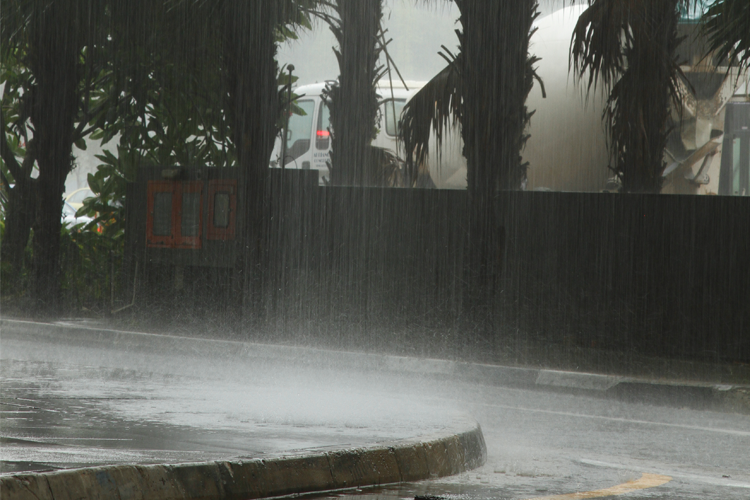High-resolution forecasting systems for hydrological extreme events in small and medium-sized catchments in Germany
- Contact:
Prof. Dr. M. Kunz
 Objective: Analysis of historical extreme precipitation and flash floods in Germany
Objective: Analysis of historical extreme precipitation and flash floods in Germany
Scientific approach: The Our project, which is part of the Helmholtz Climate initiative HI-CAM, focusses on a detailed analysis of heavy precipitation rainfall events across small to medium-sized catchments in Germany, utilizing a combination of high-resolution observational datasets (RADOLAN/RADCLIM) and reanalysis data (COSMO-REA6). Recognizing the limitations of existing datasets, particularly with for convectively-driven rainfall events with a short -duration events, the innovative approach of ‘Spatial Shifting of Extreme Precipitation Fields’ is utilized, which aims to extend the temporal coverage of the data. The significant impact of orographic effects on precipitation over complex terrain, based on a simplified approach of horizontal vapor flux quantification, shall also beis implemented during the spatial analysis procedure. Through the application of extreme value statistics and the generation of intensity-frequency-duration (IFD) curves, the vulnerability of various several small to medium-sized catchments over Germany shall isbe assessed. From the identified vulnerable catchments, three prime areas, including the Ahrtal, shall bearewill be selected for the development of a RIM2D hydraulic model prototype, detailed investigations with the project partners (GFZ, UFZ).with the selection criteria based on the availability of validation data, topography, catchment size, and runoff dynamics.
Relevance to for socio-economic impacts: The study project holds a critical significance in context of catastrophic floods over Germany such as the devastating devastated flood of of the Ahr on July 21, 2021on 21 July 212021 in the Ahr river. By providing a more accurate and comprehensive analysis of heavy precipitation events, particularly in small to medium-sized catchments, the study project directly addresses the challenges posed by extreme weather events, particularly in complex terrains. The use of advanced methodologies, such as extending time series through the 'Spatial Shift of Extreme Precipitation Fields' and incorporating the orographic effects, allows will allow a betterfor an increased improved understanding of the meteorological factors contributing to such extreme flooding events. The potential findings of the study project are essential for improving flood prediction models, which will directly contributes to more effective flood management strategies and safeguarding communities in Germany.
